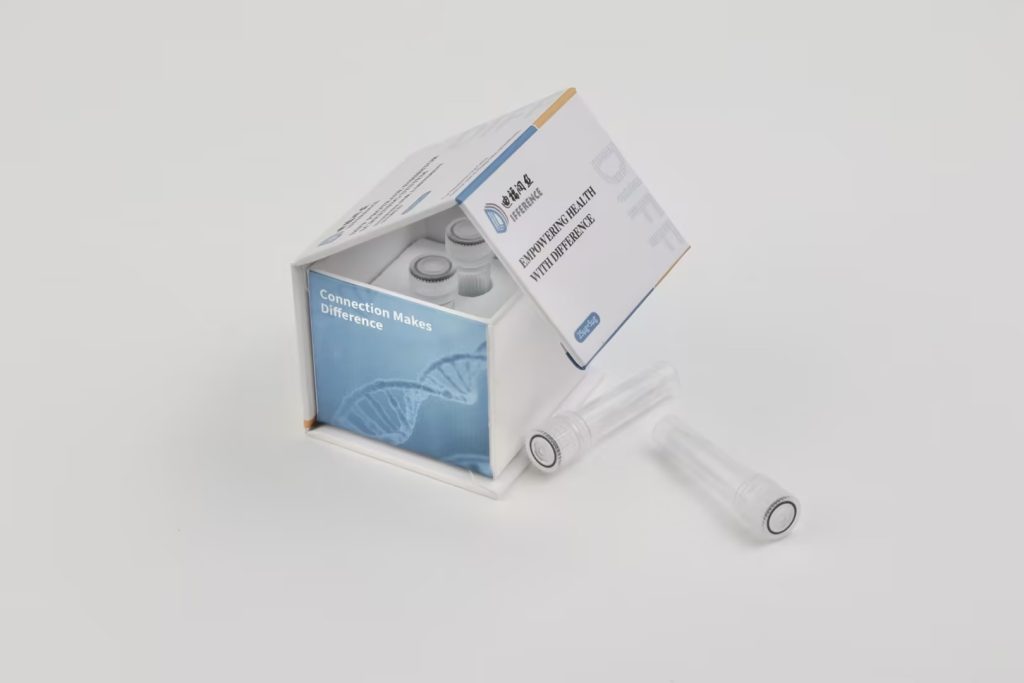Although proteases are crucial for cellular function, there are also times when you don’t want to see them. For example, when purifying proteins, you do not want proteases to engulf your target protein, especially low abundance proteins. Nowadays, there are various protease inhibitors available on the market to help you stop protease activity when necessary.

In order to cope with the various proteases present in cell and tissue samples, the selection of inhibitors is also constantly increasing. At present, there are four main types of proteases, named after the amino acids of their active sites: serine protease, cysteine protease, aspartate protease, and metalloproteinase. Protease inhibitors can target specific proteases or be broad-spectrum.
People usually classify protease inhibitors based on their type of action and whether they are reversible or irreversible. How to choose and use it? This seems to be a difficult problem, just looking at the name is already dazzling. Now let’s listen to the advice of professionals.
Starting from cocktails, protease inhibitors
The choice depends on the personalized experiments of each user, but for the application of cell lysis or tissue homogenization, inhibitor mixtures (or cocktails) are usually safer choices for blocking different proteases. Abexa’s best-selling inhibitors are two mixtures: Protein Inhibitor Cocktail Multipurpose and Protein, Phosphatase & PMSF; Both of these are applicable to cracking liquids. “They have universal applicability and are suitable for many samples, whether they are fresh or FFPE tissues, or different species,” said Sabrina Calabresi, manager of Abbexa. If researchers want to preserve the target protein while maintaining cell health, Chandra Mohan, Senior Manager at Merck Millipore, also suggests using inhibitor mixtures. She suggests choosing inhibitors targeting four types of proteases, such as Merck’s Protein Inhibitor Cocktail III. It can inhibit aspartic acid, cysteine, serine protease, and aminopeptidase in mammalian cells and tissues. Sometimes, inhibitors with lower specificity seem to be a better choice. “When lysing cells or preparing tissue homogenates, it is best to use inhibitors with broad-spectrum specificity,” Mohan said. “They should react quickly, bind irreversibly to proteases, and be easily removed after protein purification. However, the difficulty of selection still depends on you.”. Abbexa believes that trying different types of inhibitors is the responsibility of the supplier, not the responsibility of the researchers. The company suggests that you communicate with suppliers so that they can use their professional knowledge to help you make a choice. Usually, Abbexa recommends the best inhibitor only after understanding the specific analysis, sample type, and application of the researchers.
Consider the mechanism of action
For certain types of experiments, it may be necessary to search for inhibitors within a small range. According to Mohan’s suggestion, it is necessary to first determine which type of protease is being blocked, and then select the appropriate inhibitor. Because different inhibitors have different mechanisms of action.
“Protease inhibitors can be reversible or irreversible because they prevent substrates from approaching active sites through steric hindrance,” Mohan said. Other inhibitors may exert their effects by modifying amino acids at the active site of the protease. “For example, PMSF can inactivate serine proteases, which react with active serine, and chloromethyl ketone derivatives react with catalytic triplets of active sites,” Mohan said.
First, be broad, then specific. Nowadays, inhibitors are used in various applications, which is also a reason why people need to choose carefully. “The downstream processing and analysis will determine the selection and use of protease inhibitors,” said Robert Gates, Marketing Manager at Sigma Aldrich. For example, he added, “Liquid phase proteomic analysis (such as serum) may require immediate inhibition of proteases as they hydrolyze low abundance target proteins.” In fact, there are currently many types of inhibitors, and it is indeed difficult to classify them. When choosing protease inhibitors, Gates suggests starting with a broad range and then continuously narrowing down the range. “The first step may be to try pre configured cocktails, such as Sigma Aldrich’s P8340, specifically designed for mammalian tissues,” he said. “If protein hydrolysis still exists, methods targeting specific tissues and proteins can be used. Of course, the company is still continuously developing inhibitors to meet the ever-changing needs of scientists.”. Companies such as Sigma Aldrich, Abcam, and Merck Millipore provide resources on their websites to guide researchers in making better choices. “Our MS Safe inhibitor mixture avoids protein modification by PMSF and AEBSF inhibitors, while also addressing phosphatase inhibition issues,” Gates said. In an ideal scenario, by adding the mixture to the sample in the future, all protein hydrolysis can be stopped and translation modifications can be frozen by inhibiting the activity of phosphatase, kinase, glycosyltransferase, and glycosidase. Whether we can use fewer inhibitors to inhibit more proteases remains to be seen. However, among so many choices, there is no doubt that you can find an effective protease inhibitor.
Share on:
Facebook
Twitter
Pinterest
WhatsApp
Recent posts
We recommend


